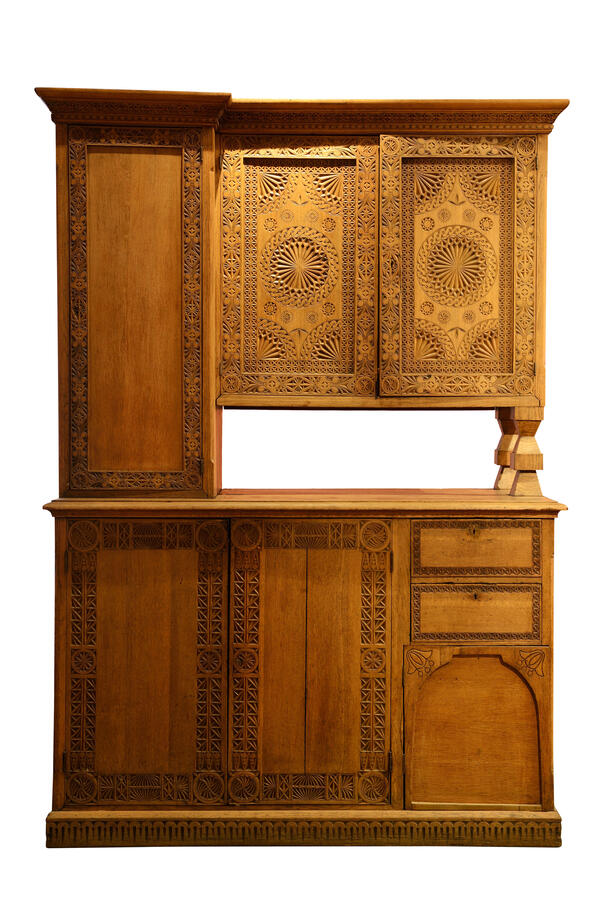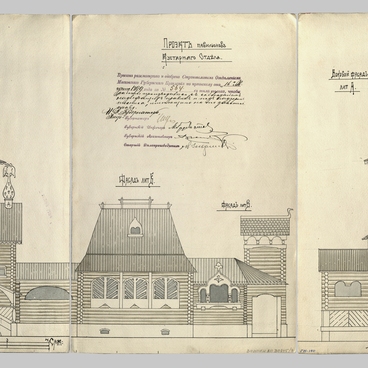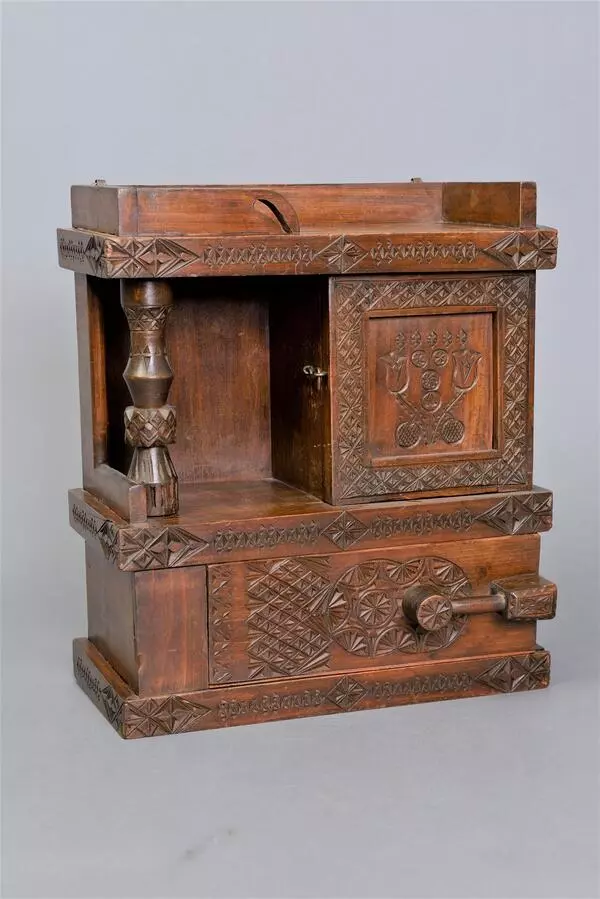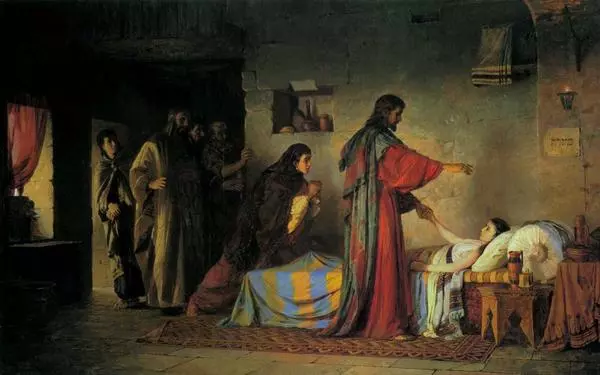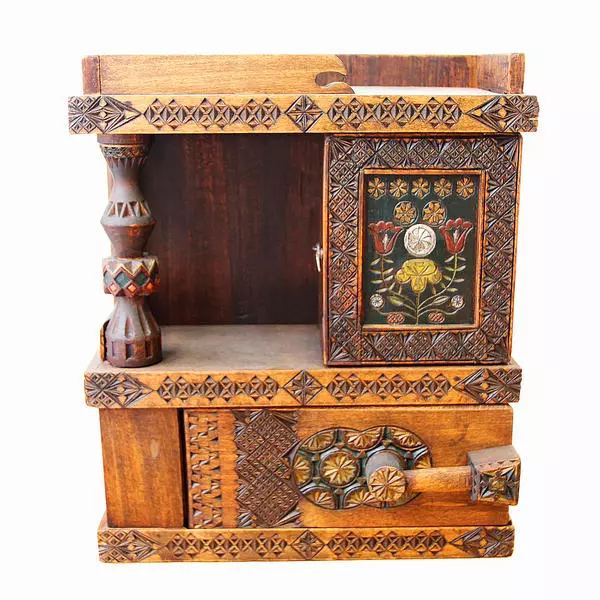Elena Polenova was born into an aristocratic family. In childhood, she and her brother, the future famous artist Vasily Polenov, received a broad and diverse education. Elena could not become a student of the Academy of Arts, since in those years women were not allowed to study in higher educational institutions. Elena did not receive a formal higher art education, but at the age of 14 she entered the St. Petersburg Drawing School of the Society for the Encouragement of Arts, where her tutor was the famous painter Ivan Kramskoy.
Both Elena and Vasily played a significant role in the activities of the Abramtsevo Art Club, founded by the philanthropist Savva Mamontov.
While Vasily Polenov became one of the authors of the project for the construction of the Church of the Holy Savior’s Image with a chapel, which went down in the history of Russian architecture as the first building of the “neo-Russian” style, his sister, Elena Polenova, became the leading master of the Russian style in decorative and applied art.
The bench, made according to her sketch, is decorated with an ornament — chip carving. It is one of the most ancient types of geometric carving, consisting of triangles, rhombuses and squares. Elena Polenova worked with traditional folk-art themes. The artist not only found a source of inspiration in folk ornaments, but she herself was able to “compose” new patterns. Starting with the direct reproduction of folk art samples, Elena Dmitrievna moved on to creating original works, free stylization techniques, typical for the Art Nouveau artists. The armrests of the bench are horse-shaped, the images of which are one of the most frequently repeated in traditional arts and crafts.
Behind the bench is the most impressive exhibit in the section of the exposition dedicated to the Abramtsevo workshop — a buffet, also made according to Elena Polenova’s sketch. The buffet is also decorated with a geometric chip carving. Initially, the carving was tinted, but the paint was lost over time.
In addition to the artistic direction of the carpentry workshop, Elena Dmitrievna was a participant and initiator of other activities of the Abramtsevo Club. She participated in literary and drawing evenings in the Savva Mamontov’s house, as well as in theatrical performances.
Both Elena and Vasily played a significant role in the activities of the Abramtsevo Art Club, founded by the philanthropist Savva Mamontov.
While Vasily Polenov became one of the authors of the project for the construction of the Church of the Holy Savior’s Image with a chapel, which went down in the history of Russian architecture as the first building of the “neo-Russian” style, his sister, Elena Polenova, became the leading master of the Russian style in decorative and applied art.
The bench, made according to her sketch, is decorated with an ornament — chip carving. It is one of the most ancient types of geometric carving, consisting of triangles, rhombuses and squares. Elena Polenova worked with traditional folk-art themes. The artist not only found a source of inspiration in folk ornaments, but she herself was able to “compose” new patterns. Starting with the direct reproduction of folk art samples, Elena Dmitrievna moved on to creating original works, free stylization techniques, typical for the Art Nouveau artists. The armrests of the bench are horse-shaped, the images of which are one of the most frequently repeated in traditional arts and crafts.
Behind the bench is the most impressive exhibit in the section of the exposition dedicated to the Abramtsevo workshop — a buffet, also made according to Elena Polenova’s sketch. The buffet is also decorated with a geometric chip carving. Initially, the carving was tinted, but the paint was lost over time.
In addition to the artistic direction of the carpentry workshop, Elena Dmitrievna was a participant and initiator of other activities of the Abramtsevo Club. She participated in literary and drawing evenings in the Savva Mamontov’s house, as well as in theatrical performances.

